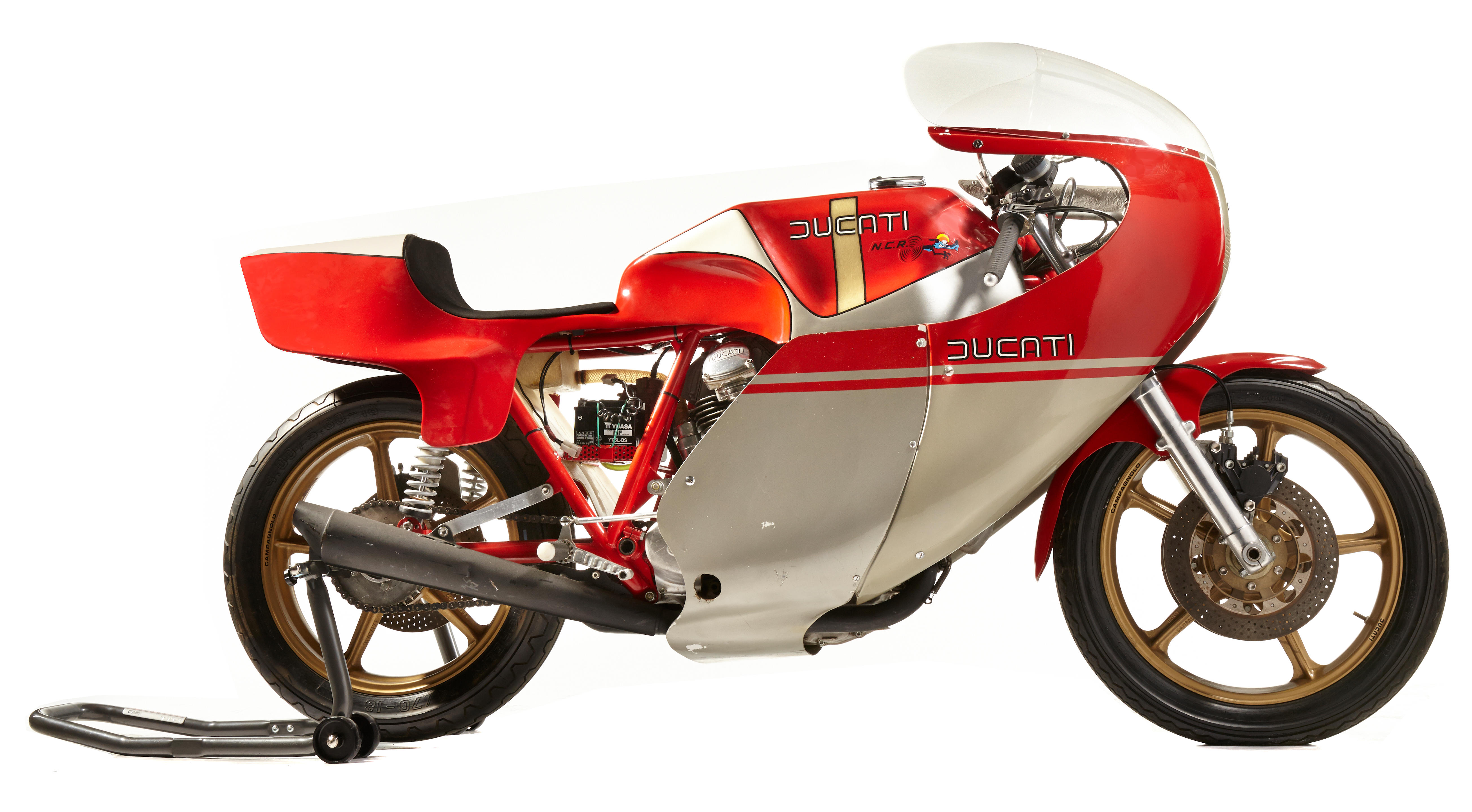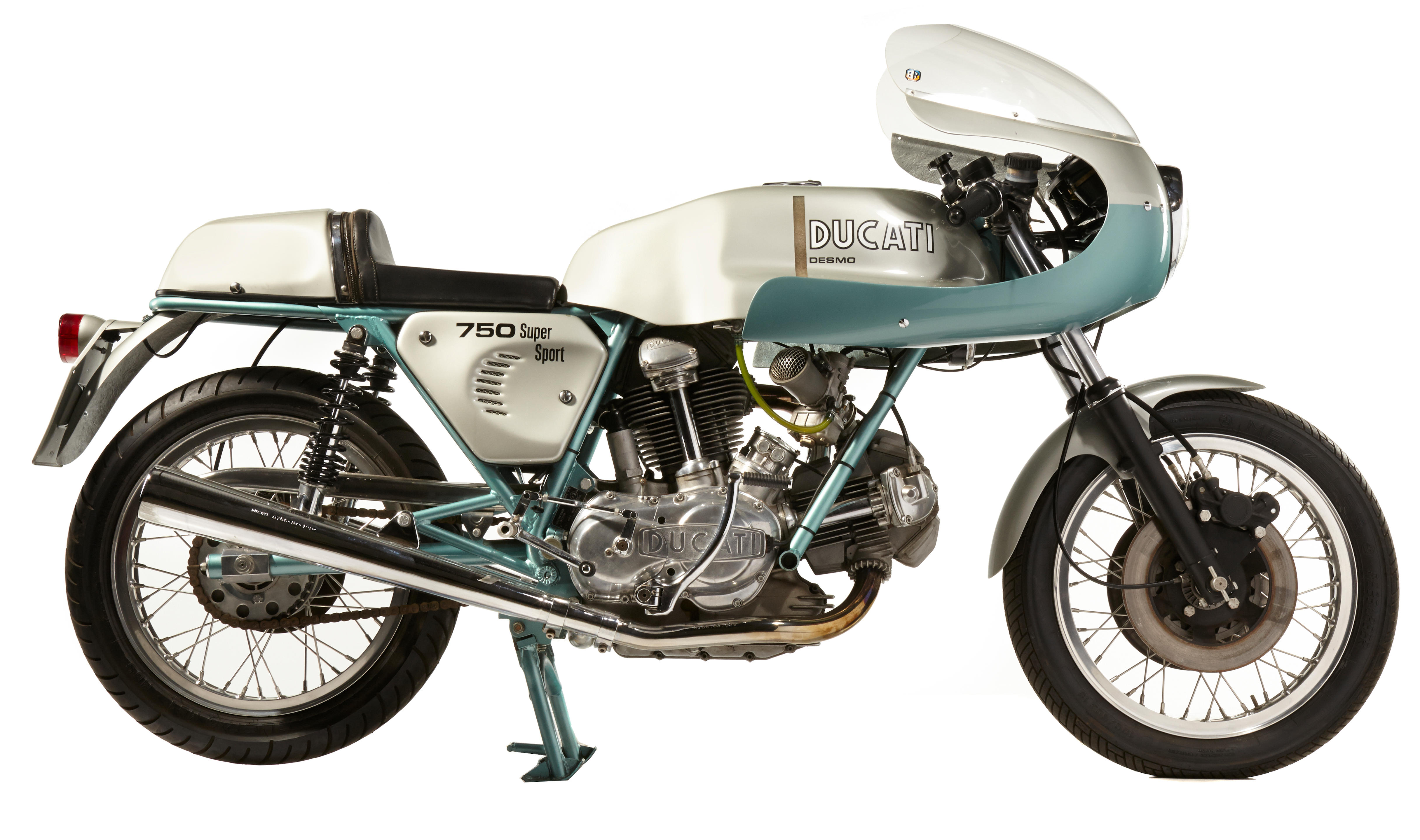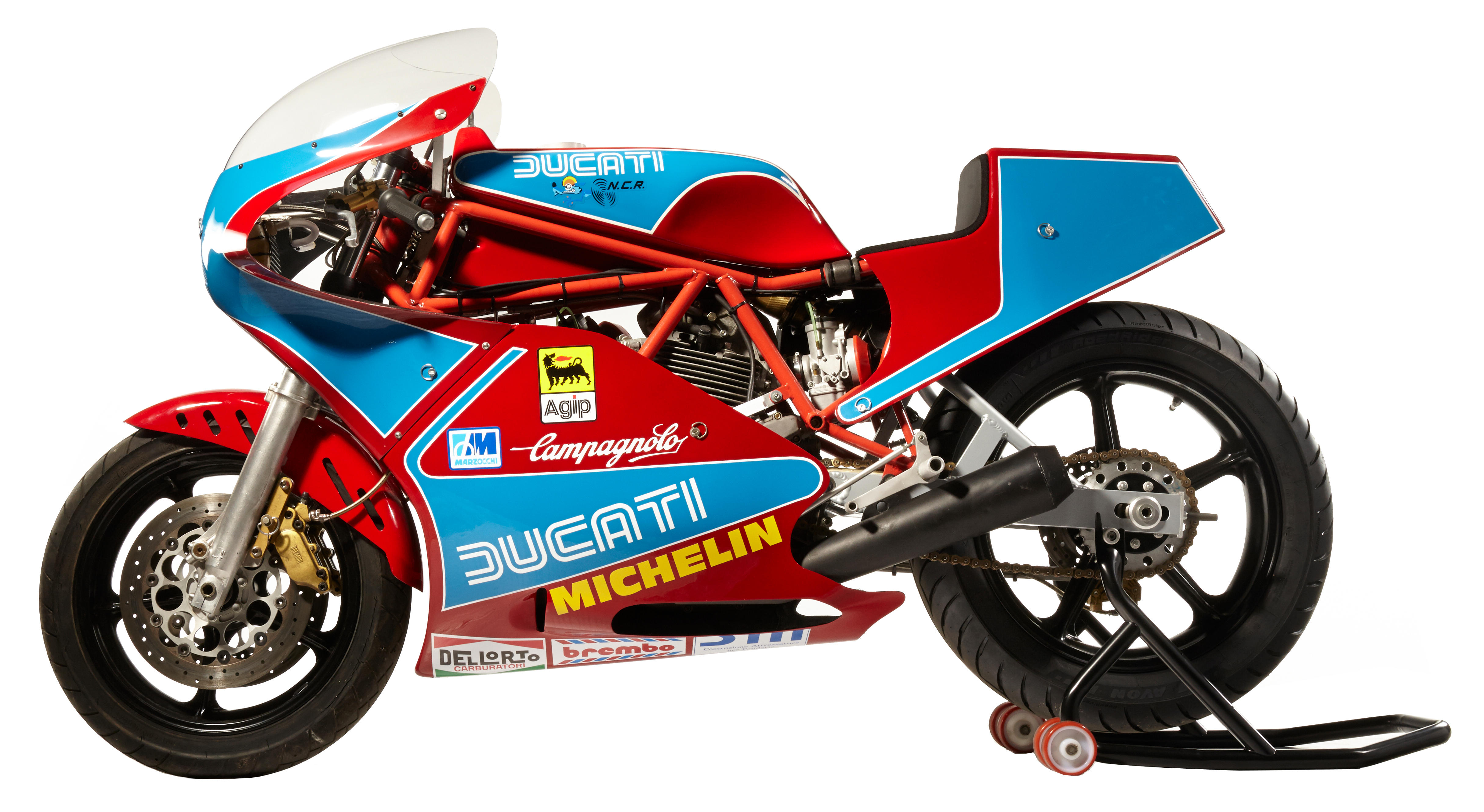Motorcycle race engineers are rarely household names, but one exception to this general rule is the legendary Arturo Magni. Born in Usmate Velate, Milan in 1925, Magni has just celebrated his 81st birthday having started his motorcycle career in 1947 in Gilera’s racing department. The Arcore factory had decided to return to Grand Prix racing, and Arturo Magni was employed assembling the new four-cylinder engine designed by Piero Remor, co-creator of the pre-war OPRA and CNA Rondine fours. Gilera would go on to win six 500cc World Championships with this engine, courtesy of Messrs Duke, Masetti and Liberati. In 1949 Count Domenico Agusta tempted Remor away from Gilera to design MV Agusta’s first four-cylinder race engine. Magni followed him in 1950 as chief mechanic and later managed the racing department during MV’s Grand Prix ‘golden age’. At the height of its powers the Italian team could command the services of the world’s finest riders, among them Sandford, Ubbiali, Surtees, Provini, Hailwood, Read and Agostini, and under Magni’s direction MV won no fewer than 75 World Championships. When MV retired from Grand Prix racing in 1976, Magni and his two sons set up their own company in Samarate, producing performance parts for the MV Agusta 750 street bikes, including big-bore kits, special frames and chain-drive conversions. Magni commenced production of motorcycles under his own name in 1980, initially using the Honda CB900 engine, with BMW, Moto Guzzi and Suzuki-engined models following. In the mid-1908s Magni commenced what would turn out to be an immensely fruitful association with Moto Guzzi, using the latter’s well established transverse v-twin engines. The first such model was the Le Mans, which incorporated Magni’s own ‘parallelogrammo’ (parallelogram) rear suspension devised to eliminate the torque reaction associated with shaft-driven motorcycles. ‘Retro’-styled Classico 1000 and Arturo 1000 models followed, and then in 1989 Magni introduced the Sfida 1000, the style of which recalled that of Italian racing motorcycles of the 1960s. The emergence of the BEARS (British, European, American) race series for (predominantly) twin-cylinder motorcycles in the late 1980s gave Magni the opportunity to return to his first love – racing. Magni’s Australian importer was one of the first to reap the benefits of the new Moto Guzzi-based racer, posting a succession of good results ‘down under’ that prompted Magni to name his new superbike ‘Australia’ in honor of these achievements. In 1993, the first Australia road model was produced, similar to the racer but fully equipped for road use. When Moto Guzzi’s new four-valves-per-cylinder ‘Daytona’ twin became available in the early 1990s, it was inevitable that this engine would eventually be used by Magni, and an updated Australia duly appeared in 1998. Displacing 992cc, the sohc, 8-valve, fuel-injected motor was the result of development undertaken by engineer John Wittner in the USA, which had seen Moto Guzzi, hitherto considered unlikely contenders, elevated to the front rank of BoT (Battle of the Twins) racing at Daytona and elsewhere. This Magni Australia incorporates a full Wittner 8-valve engine in ‘Stage 3’ tune, while other highly desirable features include parallelogrammo rear suspension, Grand Prix-specification Brembo brakes, magnesium wheels and full Termignoni exhaust system. Purchased new for the Silverman Museum collection, the machine is offered with State of California Certificate of Title.
Motorcycle race engineers are rarely household names, but one exception to this general rule is the legendary Arturo Magni. Born in Usmate Velate, Milan in 1925, Magni has just celebrated his 81st birthday having started his motorcycle career in 1947 in Gilera’s racing department. The Arcore factory had decided to return to Grand Prix racing, and Arturo Magni was employed assembling the new four-cylinder engine designed by Piero Remor, co-creator of the pre-war OPRA and CNA Rondine fours. Gilera would go on to win six 500cc World Championships with this engine, courtesy of Messrs Duke, Masetti and Liberati. In 1949 Count Domenico Agusta tempted Remor away from Gilera to design MV Agusta’s first four-cylinder race engine. Magni followed him in 1950 as chief mechanic and later managed the racing department during MV’s Grand Prix ‘golden age’. At the height of its powers the Italian team could command the services of the world’s finest riders, among them Sandford, Ubbiali, Surtees, Provini, Hailwood, Read and Agostini, and under Magni’s direction MV won no fewer than 75 World Championships. When MV retired from Grand Prix racing in 1976, Magni and his two sons set up their own company in Samarate, producing performance parts for the MV Agusta 750 street bikes, including big-bore kits, special frames and chain-drive conversions. Magni commenced production of motorcycles under his own name in 1980, initially using the Honda CB900 engine, with BMW, Moto Guzzi and Suzuki-engined models following. In the mid-1908s Magni commenced what would turn out to be an immensely fruitful association with Moto Guzzi, using the latter’s well established transverse v-twin engines. The first such model was the Le Mans, which incorporated Magni’s own ‘parallelogrammo’ (parallelogram) rear suspension devised to eliminate the torque reaction associated with shaft-driven motorcycles. ‘Retro’-styled Classico 1000 and Arturo 1000 models followed, and then in 1989 Magni introduced the Sfida 1000, the style of which recalled that of Italian racing motorcycles of the 1960s. The emergence of the BEARS (British, European, American) race series for (predominantly) twin-cylinder motorcycles in the late 1980s gave Magni the opportunity to return to his first love – racing. Magni’s Australian importer was one of the first to reap the benefits of the new Moto Guzzi-based racer, posting a succession of good results ‘down under’ that prompted Magni to name his new superbike ‘Australia’ in honor of these achievements. In 1993, the first Australia road model was produced, similar to the racer but fully equipped for road use. When Moto Guzzi’s new four-valves-per-cylinder ‘Daytona’ twin became available in the early 1990s, it was inevitable that this engine would eventually be used by Magni, and an updated Australia duly appeared in 1998. Displacing 992cc, the sohc, 8-valve, fuel-injected motor was the result of development undertaken by engineer John Wittner in the USA, which had seen Moto Guzzi, hitherto considered unlikely contenders, elevated to the front rank of BoT (Battle of the Twins) racing at Daytona and elsewhere. This Magni Australia incorporates a full Wittner 8-valve engine in ‘Stage 3’ tune, while other highly desirable features include parallelogrammo rear suspension, Grand Prix-specification Brembo brakes, magnesium wheels and full Termignoni exhaust system. Purchased new for the Silverman Museum collection, the machine is offered with State of California Certificate of Title.










Testen Sie LotSearch und seine Premium-Features 7 Tage - ohne Kosten!
Lassen Sie sich automatisch über neue Objekte in kommenden Auktionen benachrichtigen.
Suchauftrag anlegen